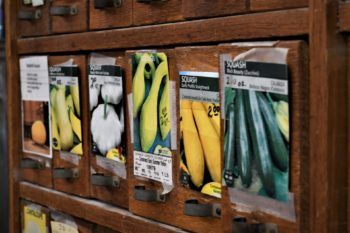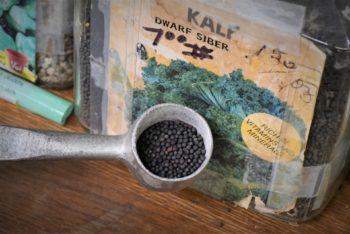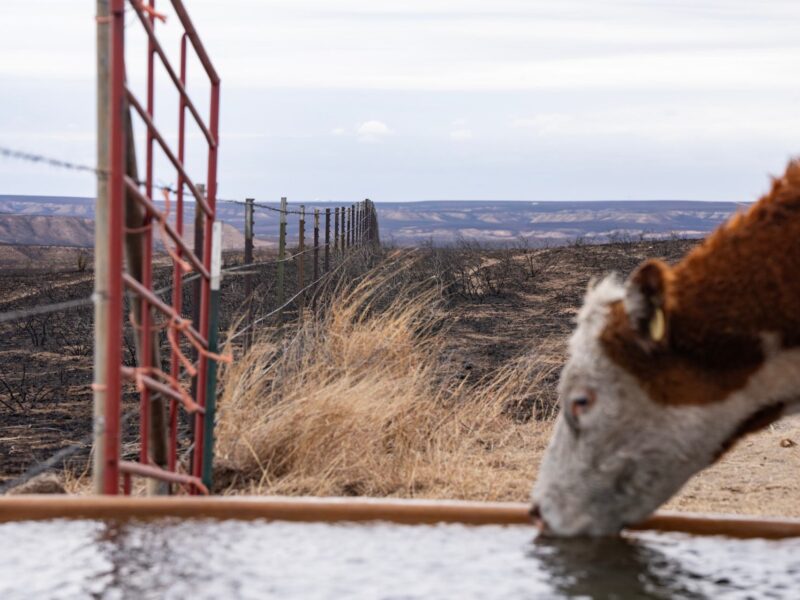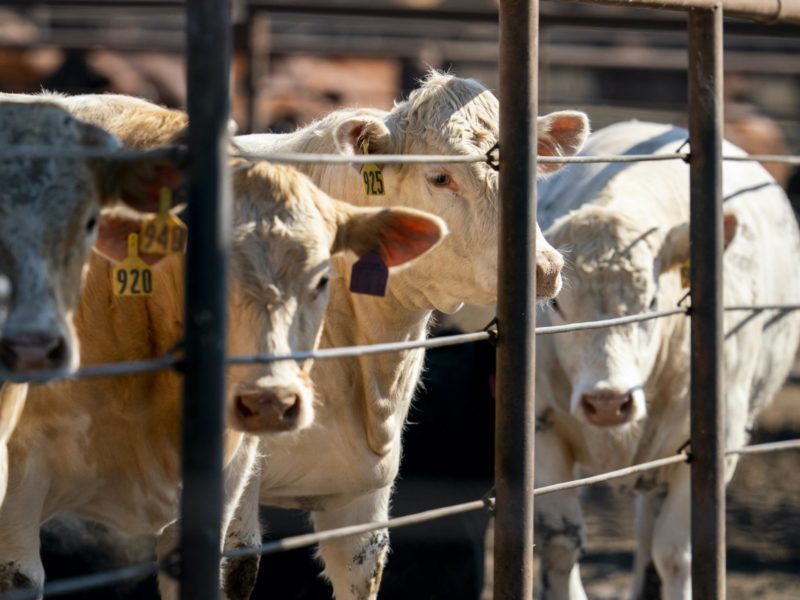Need For Vegetable Seed Strains Supplies

Interest in at-home vegetable gardening has increased significantly due to uncertainty created by COVID-19, and seed suppliers and retailers are seeing skyrocketing demand. But will high demand translate into widespread seed shortages?
Joe Masabni, Texas A&M AgriLife Extension Service horticulturist, Dallas, said he and seed industry insiders say there is no immediate threat to overall supply for commercial growers or home gardeners, though next year might be a different story for certain varieties.
“Seeds are always in high demand this time of year, but I am not surprised about even higher demand based on what I am seeing and hearing related to COVID-19,” Masabni said. “This spring you have more preppers who are hoarding 5-gallon buckets of seed underground, the return of the Victory Garden, and new gardeners who want to grow their own food in case this is a long-term problem.”
Seeds for home gardeners, commercial growers
Tracy Tally, executive board member of the American Seed Trade Association and owner/operator of Justin Seeds, said he’s discussed COVID-19’s influence on vegetable seed demand with several large suppliers. The virus certainly led to increased demand, but he believes other factors are playing into availability at retail stores and overall seed supplies.
“Demand has doubled and tripled in size,” he said. “Are garden vegetable seed supplies a concern? I would say not at this point, but it is part of the conversations people inside the industry are having.”
The increased demand from consumers has not affected commercial growers so far because producers and home gardeners comprise two separate markets for vegetable seed, Tally said.
Commercial growers utilize the latest seed technologies to plant varieties that will mature at different times and lengthen their operation’s productive season, as well as varieties with broad market appeal and improved pest and disease resistance. On the other hand, homeowners focus on heirloom varieties and those fitting their growing conditions, personal preference and gardening ability.
Commercial producers are also a top priority for major seed distributors because they buy in bulk and provide crops for regional and national food supplies, Tally said.
“Distributors are supplying major commercial growers first, but those growers are also getting different seeds than homeowners,” he said.

Suppliers face logistical issues
Tally said the rush of demand by home gardeners has caused some logistical issues, but he has not heard about suppliers being out of stock. One major East Coast supplier was forced to shut down its website due to such high demand. But the company continued to take and fulfill “call-in” orders.
Cindy Steele, owner/operator of Steele Seed in Troup, said demand for vegetable seed and seedling plants was up by around 30%. She attributes brisk sales to new and returning gardeners driven by uncertainty.
Steele said she orders her seed stock each August but has made multiple additional orders to restock her supplies. Her store sells seed to both commercial growers and home gardeners.
The major distributor she purchases seed from has reported certain seed, especially varieties of squash and zucchini squash, were out of stock with no timeline for availability. Local commercial growers forced to replant after their initial planting failed has placed even more demand pressure on specific varieties in her store.
“People are buying way more seed than we are used to,” she said. “Squash varieties have definitely been a problem.”
Seed supplies next year
There are questions about what seed supplies might look like next year, Tally said.
Garden vegetable seeds are produced all around the world in locations that favor specific varieties, he said. So, disruptions to seed production in certain locations could limit availability of certain varieties.
“So, could you see a lower supply of a certain spaghetti squash variety?” Tally asked. “Yes. But again, I think it’s going to come down to potentially limiting certain planting options for homeowners, not a seed shortage on popular staple varieties of tomatoes, squash and okra.”
Masabni said lower supplies of certain varieties from year to year are normal in seed production.
“That happens every year,” he said. “You have an early frost or a late frost and the crop crashes, and then you only have 20% of your expected seed supply for a broccoli variety, for example. So, we might have to plant another variety.”
But Masabni also thinks seed producers will likely increase acreage of popular vegetable varieties to cash in on higher demand driven by uncertainty and new customers.
Save your seeds
Masabni said home gardeners should learn how to save their own seeds, which will ensure they have the seed they need next growing season.
“Teaching people how to save seeds is part of our AgriLife Extension education,” he said. “We always encourage saving seeds, especially varieties you like, as part of a well-rounded gardening experience.”
Saving seeds requires a different process for different crops, he said. But as a general rule, it’s best to save seeds from the best and biggest harvested fruit.
“Seed saving is great because plants will perform better season after season once acclimated to local growing conditions,” Masabni said. “It’s like you’re creating your own heirloom variety when you save seeds.”
This article by Adam Russell originally appeared on AgriLife Today.





